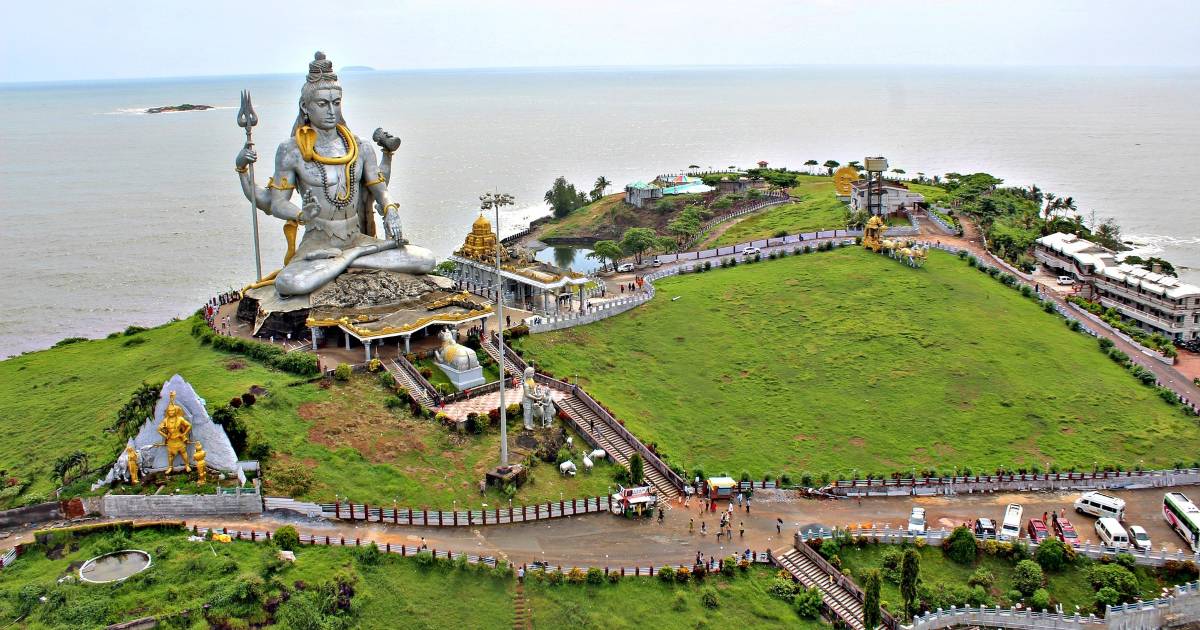Drone Laws in India
Drone regulations and links for people flying drones in India.
 India Drone Regulations
India Drone Regulations
According to India’s national aviation authority, the Ministry of Civil Aviation, flying a drone is legal in India, but we recommend being aware of and compliant with the drone regulations listed below before doing so.
India’s Directorate General of Civil Aviation announced the country’s first Civil Aviation Requirements (CAR) for drones on August 27, 2018 to go into effect December 1, 2018. Read the full ruling here (Section 3–Air Transport, Series X, Part I).
Special Travel Considerations
Foreigners are currently not allowed to fly drones in India. For commercial purposes, they need to lease the drone to an Indian entity who in-turn will obtain Unique Identification Number (UIN) and UAOP from DGCA.
If you’d like to contact the Ministry of Civil Aviation directly before you travel with any questions you might have, here is their contact information: Ajay Yadav, Deputy Secretary, a.yadav@ias.nic.in / +91 011-2463-2950
 Why fly a drone in India? To get aerial shots of amazing spots like this!
Why fly a drone in India? To get aerial shots of amazing spots like this!
General Rules for Flying a Drone in India
Based on our research and interpretation of the laws, here are the most important rules to know for flying a drone in India.
- All drones except those in the Nano category must be registered and issued a Unique Identification Number (UIN).
- A permit is required for commercial drone operations (except for those in the Nano category flown below 50 feet and those in the Micro category flown below 200 feet).
- Drone pilots must maintain a direct visual line of sight at all times while flying.
- Drones cannot be flown more than 400 feet vertically.
- Drones cannot be flown in areas specified as “No Fly Zones”, which include areas near airports, international borders, Vijay Chowk in Delhi, State Secretariat Complex in State Capitals, strategic locations, and military installations.
- Permission to fly in controlled airspace can be obtained by filing a flight plan and obtaining a unique Air Defense Clearance (ADC)/Flight Information Center (FIC) number.
Drone Categories in India
Registration is required for all but the Nano category.
- Nano: Less than or equal to 250 grams (.55 pounds)
- Micro: From 250 grams (.55 pounds) to 2kg (4.4 pounds)
- Small: From 2kg (4.4 pounds) to 25kg (55 pounds)
- Medium: From 25kg (55 pounds) to 150kg (330 pounds)
- Large: Greater than 150kg (33 pounds)
Required Drone Equipment in India
Also worth noting is that India has specific requirements regarding the types of features a drone must have to be flown in India (excluding those in the Nano category). These mandatory requirements include:
- GPS
- Return-to-home (RTH)
- Anti-collision light
- ID plate
- A flight controller with flight data logging capability
- RF ID and SIM/No Permission No Takeoff (NPNT)
India’s No Permission, No Takeoff Policy
Before every single flight, drone pilots are required to request permission to fly via a mobile app, which will automatically process the request and grant or reject it. India is calling their system “No Permission, No Takeoff” (NPNT). If a drone pilot tries to fly without receiving permission from the Digital Sky Platform, he or she will simply not be able to take off.
All drone operators will register their drone and request permission to fly for each flight through India’s Digital Sky Platform. The Digital Sky Platform and further details will be available on the DGCA website from December 1, 2018.
For more information on India’s drone laws, see this page on the DGCA website.
Want to get a feel for the kind of footage you could get flying a drone in India? Here you go:
Know something we don’t about drone laws in India? Send us an email at support[at]horizonap[dot]com. We are not international aviation attorneys and do our best to keep this page up-to-date for drone pilots, but the reality is that given the pace of the small unmanned aerial system (sUAS) industry and how governments are responding, drone regulations in India can change throughout the year, and those changes can be hard to track. If we missed something, please reach out to let us know.
 India Drone Regulations
India Drone Regulations